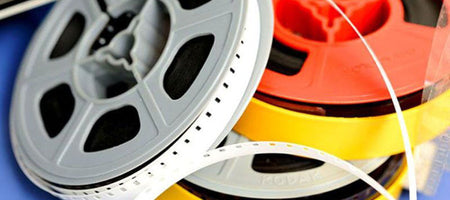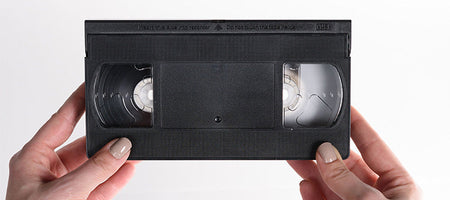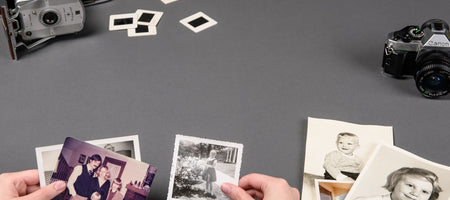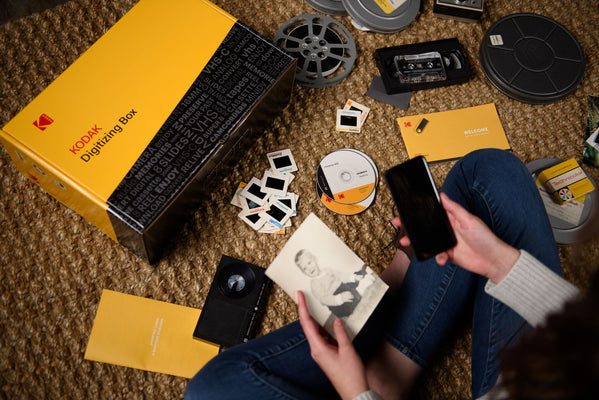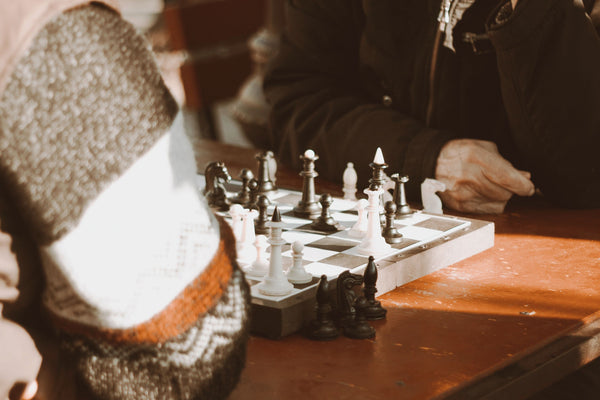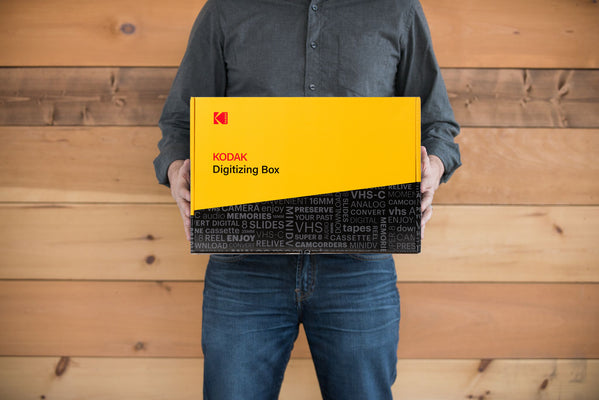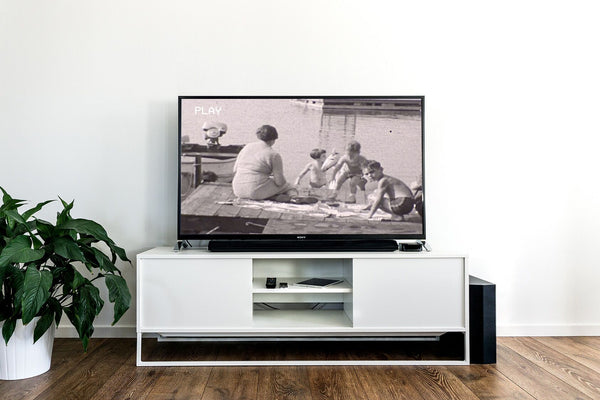If you’ve been following our blogs at all, you’ve probably read plenty of our petitions to get your old media digitized. You may have wondered from time to time what the deal is with our insistence. Well, here’s the deal, folks: your photos, tapes, and film in danger!
Okay, okay. It may sound a tad bit dramatic, but it’s the truth. Media has a shelf life, just like everything else (Twinkies included!).
If you’ve ever seen an older photograph at a museum or at your grandma’s house, you know this. The colors begin to fade and the details get fuzzy. There may be smudges or scratches from natural wear and tear on your tapes that can accumulate over the years. Film may become warped from the heat, or dirty from being stored in wet, dank environments. Your analog media can’t last forever and is actually in danger of becoming damaged or distorted over time from various environmental threats.
Let’s delve into the most common threats to analog media integrity so that you can learn how to best protect your memories!
Scratches and Smudges
Probably the most common culprits of photograph, tape, and film destruction are scratches and smudges. Scratches and smudges will naturally occur from handling media over time, and even dust and debris that settle on top of photos and other forms of media can scratch the sensitive materials. To prevent your media from getting scratched, it’s best to avoid over-handling and cleaning the media yourself. Storing them in airtight containers can also help to prevent scratches from dust. Despite these preventive measures, scratching and smudging are very common and often unavoidable over time.
Natural Disasters
Natural disasters are bound to happen near you eventually. Floods, tornadoes, fires, and hurricanes can cause damage not only to your home but also to your beloved memories. Water, debris, and fire damage are often irreversible and can ultimately destroy your media. The best way to prevent destruction of your photos, film, and tapes is to avoid storing them in attics or basements. These areas of the home are more susceptible to water, humidity, and heat damage. However, if your home is subjected to a severe, your media may be lost or too damaged for repair.
Light Damage
The reason why many museums have a “no flash photography” rule is because of the damage that harsh light can have on the chemicals in photos. Light damage can occur from sunlight, flash photography, and artificial lighting indoors. Over time, exposure to light can cause loss of details in tapes, photographs, and film, making sharp images appear fuzzy. Discoloration can also occur. Light damage is very common in media and is inevitable over time. If your photos are already discolored, digitization services can often restore much of the color to the original image.
Color Shift
If you think storing your photos in a dark area will prevent light damage, think again. Dark environments can cause what’s known as “color shift” in color photos, slides, and negatives. The dyes in photographs decay over time and can cause a yellow or magenta color shift, making the original colors in your photo turn to a yellow or purple hue. Light and absence of light is a major culprit in photo damage, and the only way to prevent this sort of distortion is to get your photos scanned.
Tape Decay
Your tapes are not excluded from the threat of deterioration and damage. In fact, due to the magnetic strip located in all tape formats, a unique form of damage can occur in which the magnetic particles lose their charge, creating a color shift. This process is known as remanence decay and occurs naturally over the lifetime of a tape. The magnetic particles in tape can also become demagnetized over time due to overplaying, and once demagnetization occurs, information can actually begin erasing from your tape over time. Problems in tape binding and structure are also common. The only way to prevent this degradation is to get your tapes digitized.
As you can see, there are plenty of ways that analog media can become damaged or destroyed over time. Don’t wait until it’s too late - get that media digitized! Your memories are far too important to lose. Our photographic and video records are some of the only connections we have to the past. With Kodak, you can digitize any form of media conveniently and affordably. Use the media brand trusted by millions since 1888 to take your old photos, tapes, and film and create digital copies that you can enjoy for years to come without fear of deterioration.

